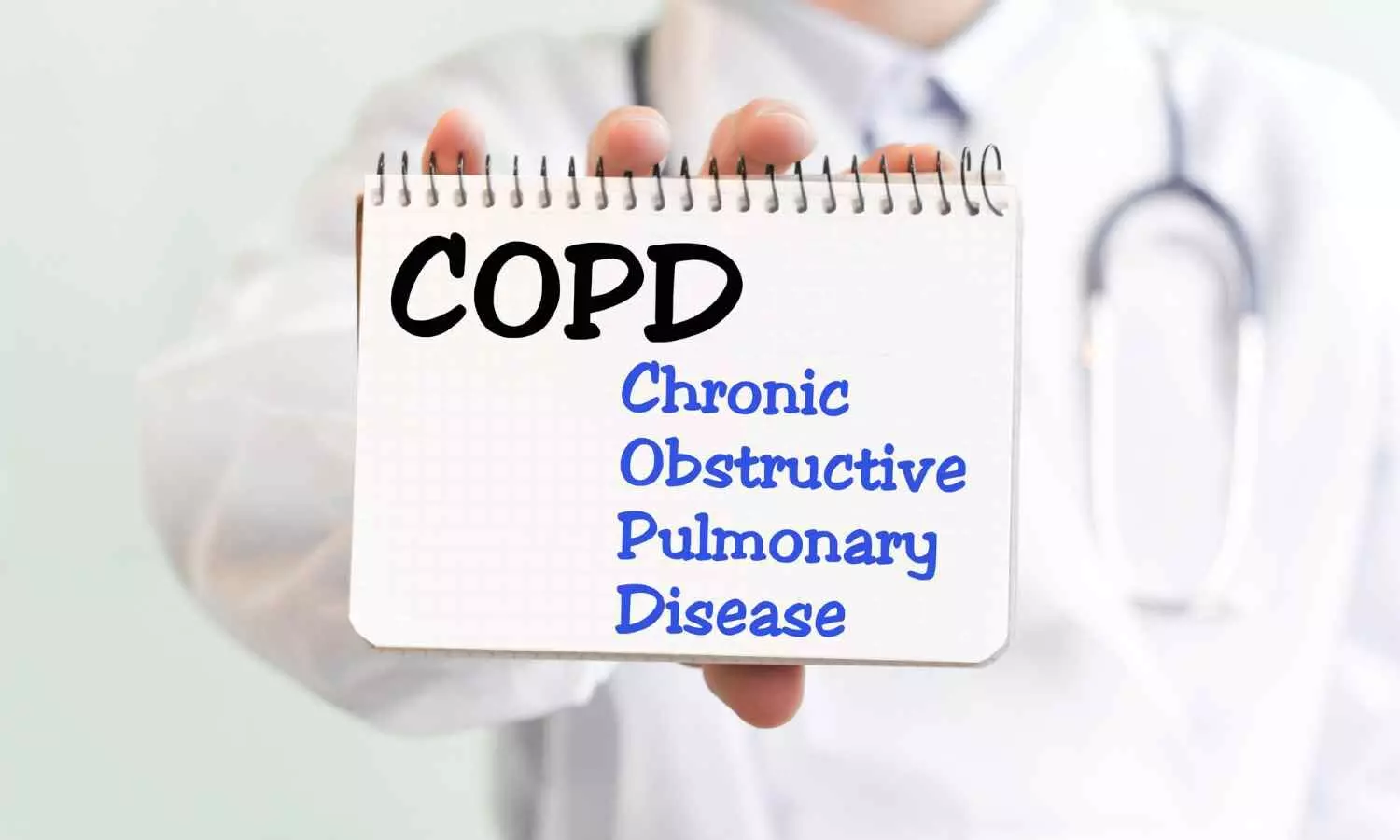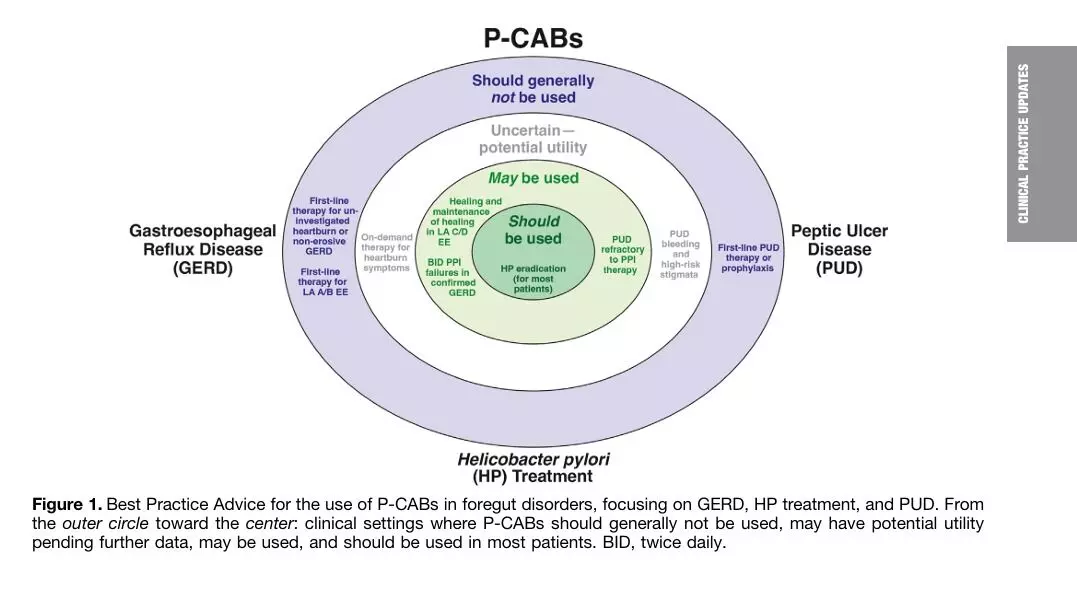Ketogenic Diet Linked to Improved Menstrual Health in Overweight Women, Study Shows

USA: A study published in PLOS ONE suggests that nutritional ketosis, with or without exogenous ketones, may have a positive impact on self-reported menstrual cycles in women, potentially helping to restart or realign menstrual periods compared to a low-fat diet.
Madison L. Kackley, PhD, CSCS, a research scientist and lecturer in the Department of Kinesiology at Ohio State University, explained in a press release, “While the survey is not validated, our review of the responses revealed significant changes in the menstrual cycles of most women. Even those with regular cycles experienced changes in frequency.” Kackley shared a striking example of a 33-year-old participant who had never had a period before but experienced her first menstruation after just five days of following a nutritional ketosis regimen.
The researchers aimed to investigate whether ketogenic diets (KD) or low-fat diets (LFD) have unique effects on self-reported menstrual cycles in pre-menopausal overweight and obese women. The study compared the impact of a well-formulated, hypocaloric ketogenic diet (~75% energy for weight maintenance) with an isocaloric low-fat diet on menstrual fluctuations.
In the study, overweight and obese women (mean age: 34 ± 10 years, BMI: 32.3 ± 2.7 kg/m²) followed either a ketogenic diet or a low-fat diet for six weeks. The KD group received either ketone salts (KS, n = 6) or a placebo (PL, n = 7) twice daily. An age- and BMI-matched cohort (n = 6) was assigned to the LFD. The study assessed changes in self-reported menses, body weight, body composition, and fasting serum clinical chemistries every two weeks using repeated measures ANOVA with Bonferroni post-hoc corrections.
The study led to the following findings:
- Both the ketogenic diet (KD) and low-fat diet (LFD) resulted in clinically significant weight loss (Δ: -7.0 ± 0.5 kg), primarily from fat mass (Δ: -4.6 ± 0.3 kg) and improved insulin sensitivity and serum lipids.
- There were no differences between the diets in fasting plasma glucose or inflammatory markers.
- Fasting capillary beta-hydroxybutyrate (R-βHB) increased significantly during the KD, regardless of supplementation (Δ: 1.2 ± 0.3 mM R-βHB).
- Women on the KD+KS (30%) and KD+PL (43%) reported subjective increases in menses frequency and intensity after 14 days, while about one-third of women reported the return of menses (more than 1 year since the last period) after 28 days.
- No changes in the menstrual cycle were reported by LFD participants.
- After six weeks, both nutrient-dense, whole-food ketogenic, and low-fat diets improved weight, BMI, body composition, and blood parameters in pre-menopausal women.
The researchers found that the ketogenic diet (KD) and low-fat diets (LFD) led to clinically significant weight loss, improved body composition, BMI, lipid metabolism, and insulin sensitivity after six weeks. Nutritional ketosis, whether induced by the KD or enhanced by exogenous ketones, positively impacted self-reported menses in pre-menopausal women, independent of weight loss and significantly more than the LFD.
“The mechanism through which the KD influenced menstrual health remains unclear, but we suggest that further exploration, especially in women with conditions like PCOS who may benefit from reversing insulin resistance, could reveal new therapeutic roles for ketosis,” they wrote.
Reference:
Kackley, M. L., Buga, A., Brownlow, M. L., Sapper, T. N., Crabtree, C. D., Robinson, B. T., Stoner, J. T., Decker, D. D., Soma, L., & Volek, J. S. (2024). Self-reported menses physiology is positively modulated by a well-formulated, energy-controlled ketogenic diet vs. Low fat diet in women of reproductive age with overweight/obesity. PLOS ONE, 19(8), e0293670. https://doi.org/10.1371/journal.pone.0293670
Powered by WPeMatico













